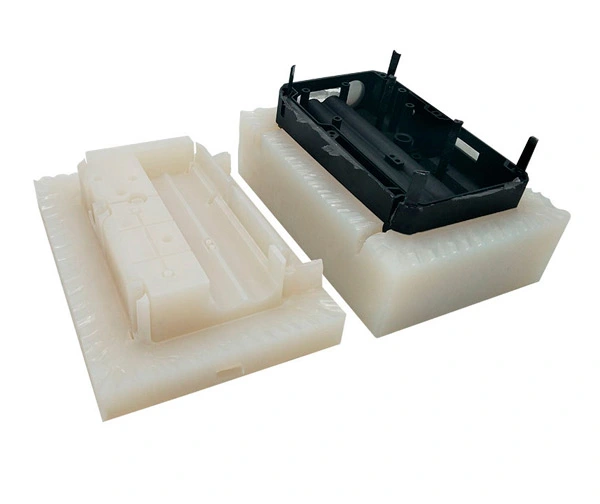How to Make Custom Vacuum Casting PC Polycarbonate Prototype
Vacuum casting is a popular method for creating small series of plastic prototypes, as it offers a relatively inexpensive and quick way to produce custom precision parts that closely mimic the final product. Here are the steps to create a vacuum cast PC (polycarbonate) prototype:
Materials:
Master model (a 3D printed or machined part)
Silicone rubber for mold making
Vacuum casting machine
PC casting resin
Release agent (such as petroleum jelly)
Stir sticks
Measuring cups
Mixing container
Vacuum chamber
Steps:
Create the master model - this is the original part that you want to replicate. You can create it using a 3D printer or by machining it out of a solid block of material.
Make the mold - use silicone rubber to create a mold of the master model. Follow the precision machining manufacturer's instructions for mixing and pouring the silicone. Make sure to apply release agent to the master model before pouring the silicone to make it easier to remove the mold later.
Prepare the vacuum casting machine - set up the vacuum casting machine according to the manufacturer's instructions. This typically involves setting the temperature and vacuum levels, as well as attaching the mold to the machine.
Prepare the PC casting resin - measure out the correct amount of resin and hardener according to the manufacturer's instructions. Mix them together thoroughly in a mixing container using a stir stick.
Pour the resin into the mold - slowly pour the mixed resin into the mold. Use the vacuum chamber to remove any air bubbles from the resin. Keep the mold in the vacuum chamber until the resin has fully cured.
Remove the part - once the resin has cured, remove the mold from the vacuum casting machine and carefully remove the cast part from the mold. Trim any excess material as needed.
Repeat - if you need to create more parts, repeat the process starting from step 3.
Keep in mind that polycarbonate can be a challenging material to work with, as it requires high temperatures to melt and can be prone to warping or cracking during the casting process. You may need to experiment with different casting conditions to find the best settings for your particular application.
YS Rapid is a professional vacuum casting manufacturer available with a wide variety of resins. If you have any project, or question about your prototype manufacturing, please feel free to leave us a message, our staff will answer you within 24 hours.


 EN
EN
 ja
ja  ko
ko  fr
fr  de
de  es
es  it
it  pt
pt  ar
ar  tr
tr  iw
iw 






